Hobson-Jobson, the 1886 Anglo-Indian lexicon explains ‘coffee’ as derived from the Arabic ‘kahwa’ (originally used to refer to wine). India’s connection is interesting: in south India, coffee was introduced by a Muslim pilgrim named Baba Budan. According to folklore, the pilgrim smuggled seven seeds out of Mecca (in the 17th century), and planted them on the Chandragiri hills (now named Bababudangiri in Chikmagalur, Karnataka).
Today, coffee machines may be de rigeur at every office pantry, but the earliest adopters were south Indian households. Filter coffee was about brewing ground coffee beans using a traditional filter. Entrepreneurs from Udupi in Karnataka, who went on to set up Udupi restaurants in Mumbai, listed ‘strong filter coffee’ as a staple item. By the late 1930s, the India Coffee House, run by the Coffee Board of India, took filter coffee across the country. But it was the instant variety — often synonymous with one brand, Nescafe — in the ’60s, that made it a pan-India phenomenon.
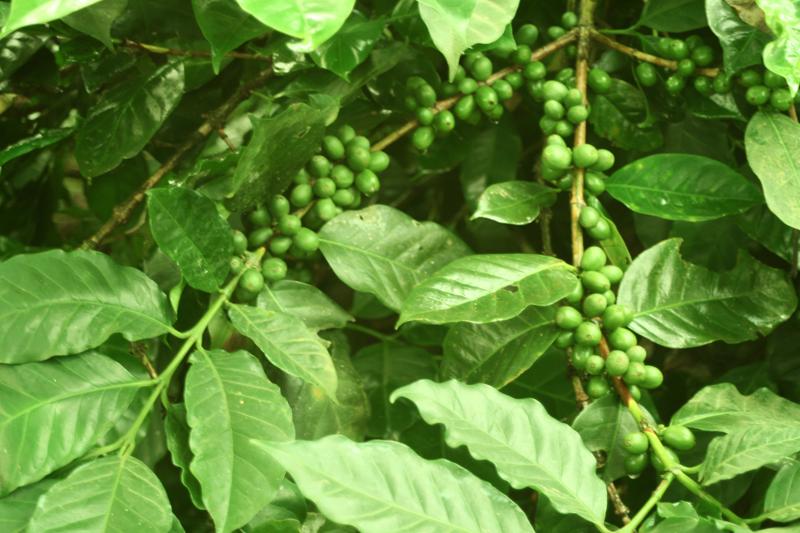
Unprocessed green coffee beans
India embraces coffee
For the longest time, we remained a tea drinking nation, coffee managed to make inroads thanks to its hip ‘global’ appeal. In 2001, a wave of coffee shops like Barista, Mocha and Café Coffee Day (CCD) popped up across Mumbai, and other metros. Touted as hangout places for the youth, coffee shops became synonymous with unwinding. These shops made terms like ‘espresso’, ‘cappuccino’ and ‘latte’ common parlance.
“Udupi restaurants were serving coffee, but you couldn’t hang around there. Meanwhile, the five stars were unaffordable,” recounts entrepreneur Riyaaz Amlani. It would inspire him to start Mocha in December, 2001, a chain of coffee shops modelled on Turkish coffee houses, and promoted as a space to meet and have conversations.
“There wasn’t enough awareness about coffee. We started by educating people about espresso machines,” says Amlani, who admits that he himself was a late convert: “My grandmother was fond of chicory beans which she got from Phillips Coffee House (Fort). But I used to think that instant coffee tasted way better. After running Mocha, I changed my mind,” he laughs.
Mocha shut shop between 2011 and 2015 due to expensive real estate (“Just serving coffee didn’t make business sense any more,” says Amlani). But between 2001 and 2014, many other chains would open, including international ones like Costa Coffee (in 2008), Gloria Jean’s Coffees (2008), Starbucks (2012) and Di Bella Coffee (2014).
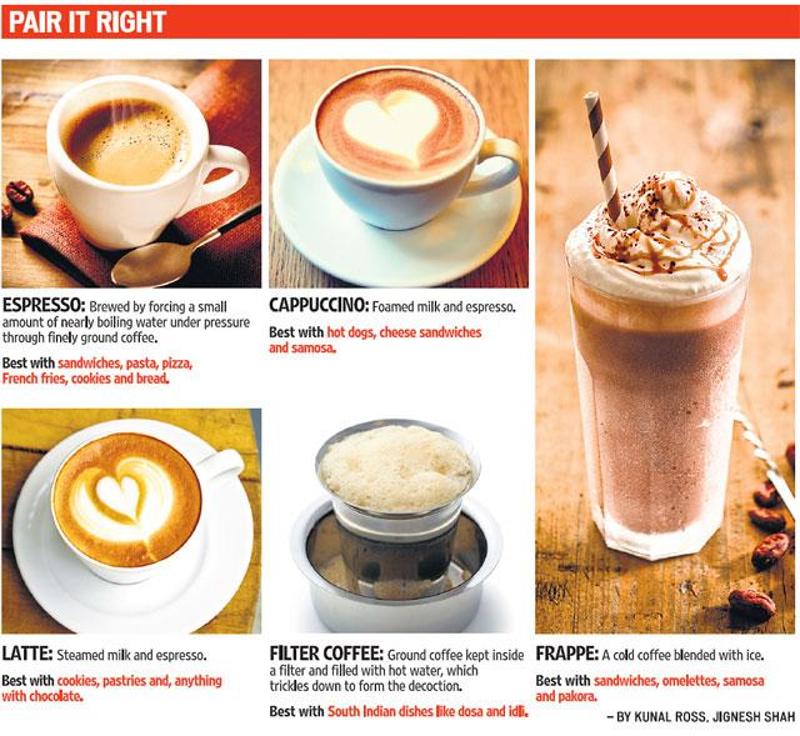
Suddenly, just drinking the stuff wasn’t enough. Workshops were being conducted for people curious to know more. Innovations in the field also led to coffee capsules and pods (single-serve containers that come with measured portions). Dr Ashwini Kumar BJ, the Coffee Board research chair at the Indian Institute of Plantation Management, Bangalore, says, “Awareness has grown over time due to promotional initiatives, wider use of social media and exposure to international trends.”
Where is your coffee from?
While instant coffee is very much around, niche coffee, and not Nescafe, now dominates the conversation. Over the last few years, several brands have started offering single origin coffee, while others have brought in brewing gadgets (AeroPress, Moka pots, Chemex Ottomatic and ROK Espresso Maker). Many of these brands, naturally, educate consumers about artisanal coffee.
“Single origin refers to coffee with a single-known geographical origin. This can be a single farm, or beans from a particular country. It ensures consistency, and a distinct flavour,” says Kunal Ross, founder of The Indian Bean, an online single origin coffee supplier.
Matt Chitharanjan, who started the online store Blue Tokai in 2013, sources his coffee from Chikmagalur, Coorg, Biligiris, Nachammai and Balmaadi. “It’s important that our coffee is traceable. We make sure to not just state the name of the region on each of our labels but also the name of the farm the coffee comes from,” he says. “You know the origin of the coffee and about the estate (and aspects like altitude at which it is grown, soil, coffee processing),” says coffee connoisseur Jignesh Shah, who is also the founder of online coffee shop Jewel Aromantic.
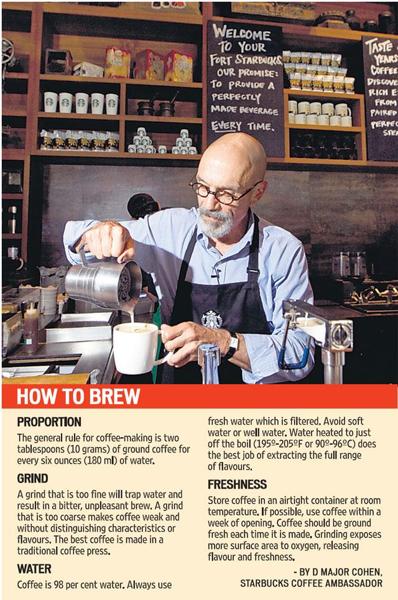
From the locals, for the locals
Over the years, the seven coffee beans from the legend have turned into quite a thriving business. India is now the sixth largest producer and fifth largest exporter of coffee in the world.
In fact, we export nearly 70 per cent of the coffee we grow, something the new breed of coffee lovers and promoters are looking to change. “We grow good coffee, but we don’t get to drink most of it. The low-grade beans that do not make the export cut are turned into instant coffee. And we pay a premium for imported coffee, which has lost its zing sitting on a shelf for too long,” explains Ross.
Ross says he developed a keen interest in the beverage after sipping on Watapi estate coffee in Mysore. “There was no turning back after that,” he says. Presently, The Indian Bean offers coffee from Watapi, Malenadu and Coorg, as well as monkey bitten coffee (monkeys eat coffee fruits and throw away the coffee seed; the saliva causes an enzymatic reaction, which breaks down the acidity, making it mild).
Aside from the geographical marker, what makes artisanal coffee premium is the freshness and the art of roasting. “Even coffee grown on the same estate but treated by two different roasters will taste different. Roasting is an art; it depends on the style and the apparatus,” says Shah.
Most coffee on supermarket shelves is either instant or bulk coffee, which means that coffee from different estates gets mixed together and is mass roasted in factories. “Artisanal may sounds overly niche and inaccessible, but what we do really is source the best green coffee (unprocessed beans) and highlight the growers,” adds Chitharanjan.

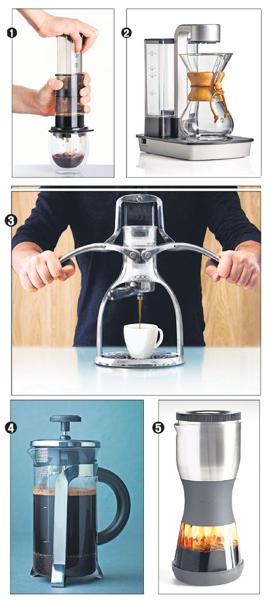
These are five gadgets to pick from. (See details above)
More coffee, anyone?
Our growing taste for coffee is driving up international sales. Globally, coffee consumption is projected to increase by 25 per cent over the next five years, primarily boosted by consumption in India and China (according to the International Coffee Organization). Attesting to coffee’s popularity, International Coffee Day is celebrated worldwide on September 29.
Bigger things are in store for the coffee market. The global market for RTD (ready-to-drink) tea and coffee is expected to reach $125 billion (`8 lakh crore approx.) by 2017, with the Asia-Pacific region showing the most growth. “Drinking habits and lifestyles have changed in the last 10 years, and people are now willing to pay more for quality. And in spite of a lot of export, a rising domestic demand, at 7 per cent annually (as per the Coffee Board) may change this scenario over the next decade,” believes Mitesh Kapadia, CEO, Sentinel Exhibition Asia, organiser of the World Tea and Coffee Expo.
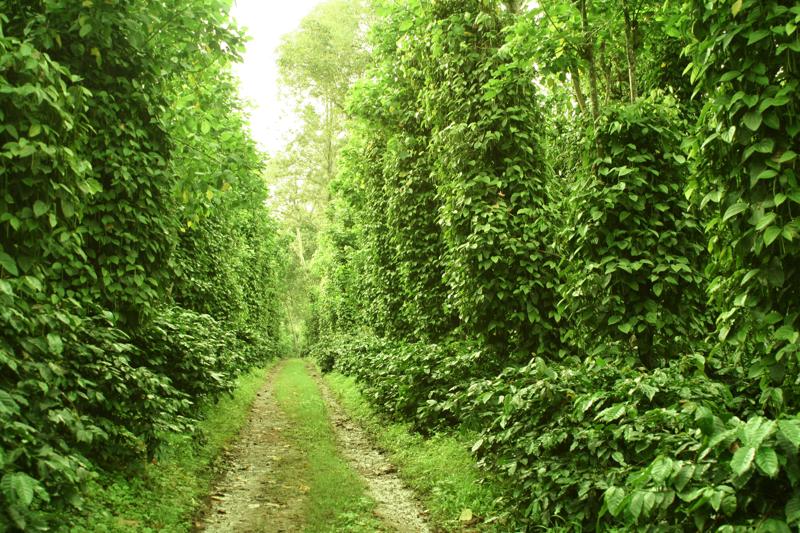
The Bibi plantation in Coorg
Quick coffee guide
The commercial varieties of coffee beans grown in India are Arabica and Robusta. “Arabica is grown at a higher elevation as the fruit takes time to ripen. Arabica has less caffeine than Robusta but is prone to pests. Arabica is grown in Karnataka, Tamil Nadu, Kerala, Arunachal Pradesh, Andhra Pradesh while Robusta is grown in Kerala,” shares Jignesh Shah.
Based on region of production, 13 regional coffees are classified: Anamalais, Bababudangiris, Biligiris, Araku Valley, Brahmaputra, Shevaroys, and Pulneys (for Arabica) and Wayanaad and Travancore (for Robusta). Coorg, Chikmagalur, Nilgiris and Manjarabad are famous for both Arabica and Robusta.
Apart from these 13, there are three Speciality Coffees classified so based on their international popularity. They are Monsooned Malabar, Mysore Nuggets and Robusta Kaapi Royale.
Coffee is given grading such as Peaberry, AB, Bits and Bulk based on the size. Bits and Bulk, the most inferior, is used to make instant coffee.
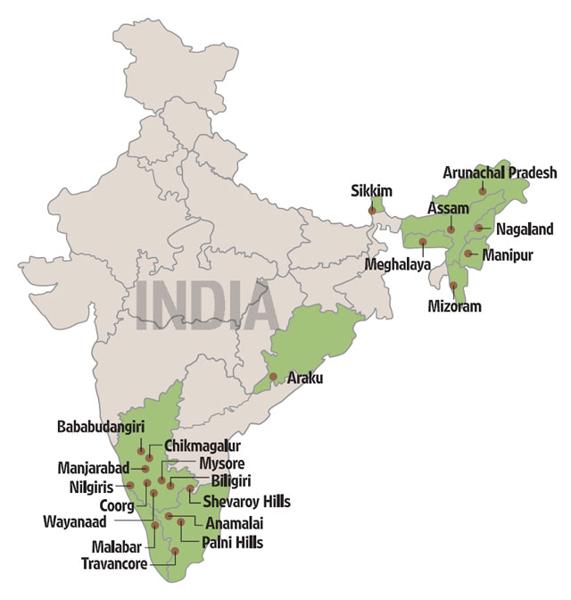
Myths and facts
Myth: Coffee causes cancer.
Fact: Coffee consumption helps in combating colorectal cancer.
Myth: Coffee has no health benefits.
Fact: Anything in excess is bad. Controlled intake of coffee (2 to 4 cups per day) is optimal. Caffeine helps to remain alert and concentrated. Some studies have shown that due to bioactive compounds present in coffee, it helps in prevention of neurological problems and heart-related conditions.
Myth: Coffee helps lose weight.
Fact: Coffee helps in improving metabolic rate which might be temporary and leads to breakdown of fat cells but this will not lead to weight loss. Balanced diet and exercise is the key to weight loss.
Myth: Pregnant women should not drink coffee.
Fact: Pregnant women should not refrain from consuming their daily beverage but within a limit (2 to 4 cups a day). Excess caffeine may lead to miscarriage.
Myth: Coffee is very addictive.
Fact: Limited intake of coffee is not addictive. Unlike some drugs or alcohol, caffeine does not cause a physical or mental dependence.
Myth: Coffee causes dehydration.
Fact: Caffeine has a mild diuretic effect but mild consumption does not lead to dehydration.
— By Dr Shweta Rastogi, clinical dietician
((Photos: Kunal Patil/HT, Istock, Shutterstock, Blue Tokai, Aeropress, Chemex, ROK, Aerolatte, Fellow Products)
(The writer tweets as @SomaRKDas)
http://www.hindustantimes.com/more-lifestyle/ahead-of-international-coffee-day-we-trace-its-journey/story-ajUESZsP9C1pKGepbIomAI.html
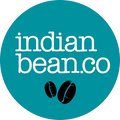
Leave a comment